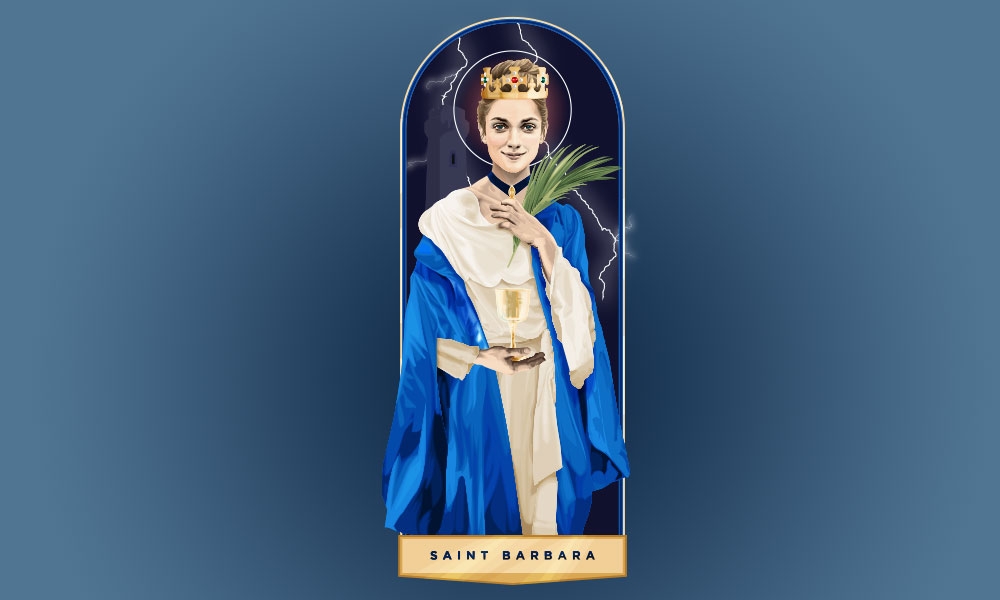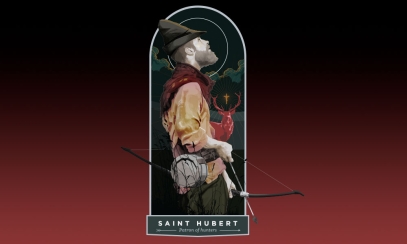
St. Barbara
Feast day: Dec. 4
Feast day: Dec. 4
St. Barbara understood that being a Christian is a gift worth the sacrifice of everything dear: exterior beauty, family relationships and even life itself. Born in modern-day Lebanon, this third-century martyr has much to teach us about what it means to prefer nothing to Christ.
Afraid of the attention his daughter’s exquisite beauty would bring, Barbara’s father, a pagan, locked Barbara in a high tower to hide her from men. During her imprisonment, Barbara learned about Jesus Christ and converted to Christianity.
Suitors approached Barbara’s father asking for her hand in marriage, but Barbara refused. When her father learned she had become a Christian, he had her tried before the prefect of the province, imprisoned and brutally tortured. Finally, she was sentenced to beheading, and her father himself administered the fatal blow.
St. Barbara is often pictured with the symbols of martyrdom: a palm branch, a chalice and a crown (although she was not royalty, she is depicted wearing the “crown of martyrdom” merited by her death for Christ). Behind her, the tower of her imprisonment is visible, as well as the lightning bolt which, according to legend, killed her father after her execution.
Devotion to St. Barbara is especially popular because she is one of the Fourteen Holy Helpers, a group of saints (among them St. Blaise, St. George and St. Christopher) invoked against various diseases. She is the patron of geologists, mine engineers, artillerymen and the Italian Navy. The United States Army and Marine Corps Artillery likewise share the Order of St. Barbara. St. Barbara is still popularly celebrated in many countries on her feast day.



